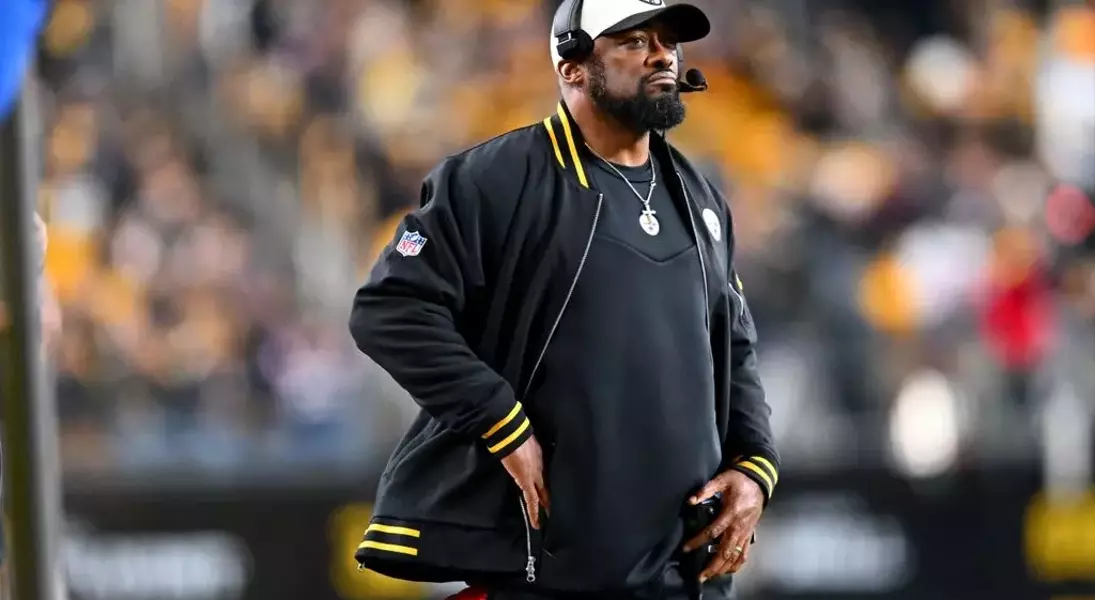

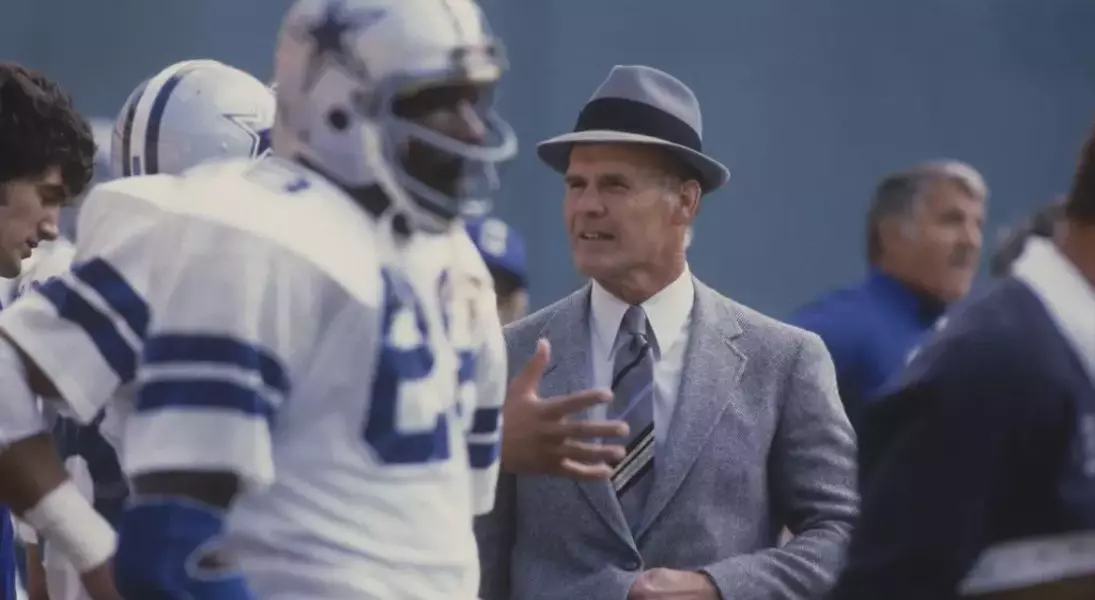
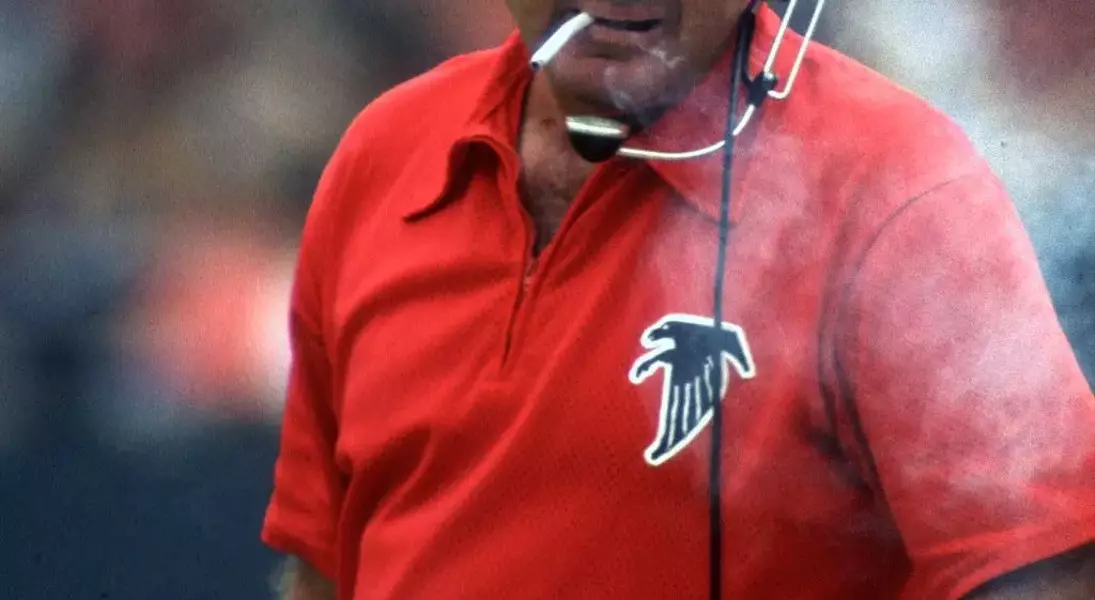
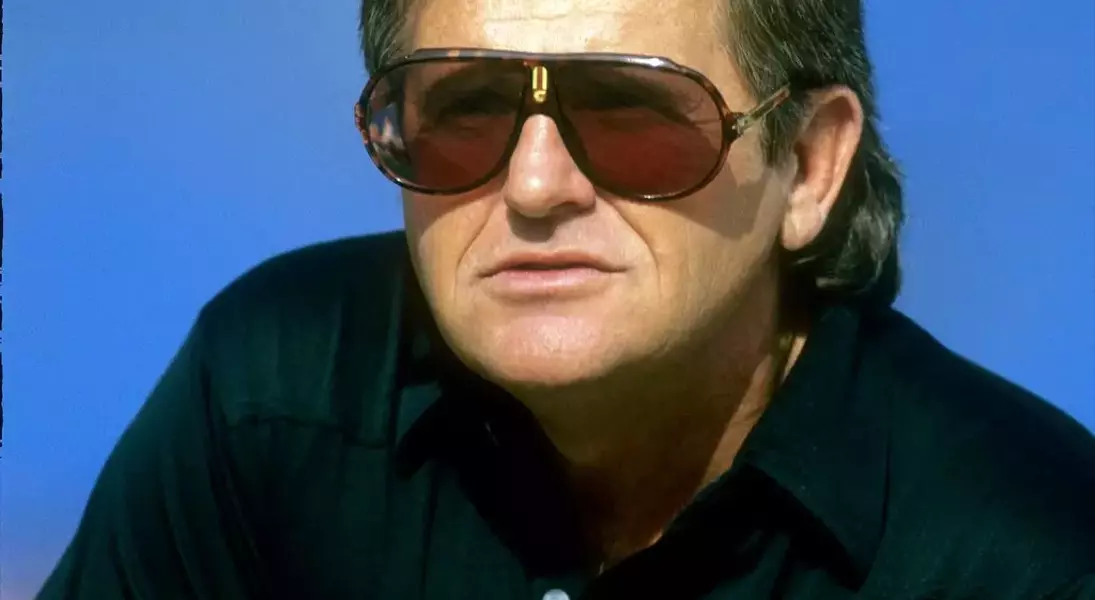

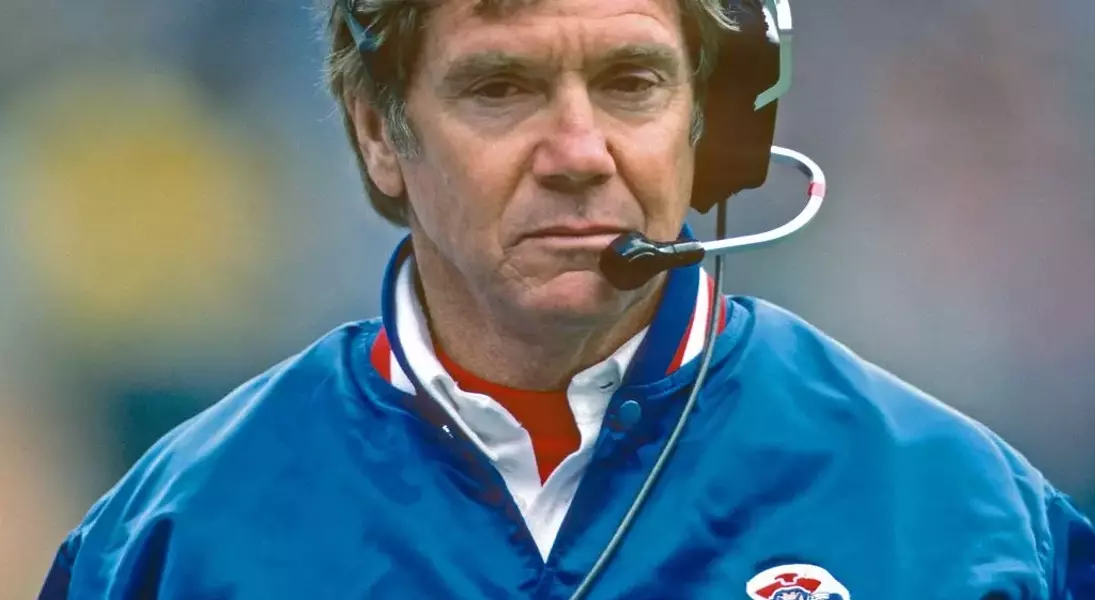



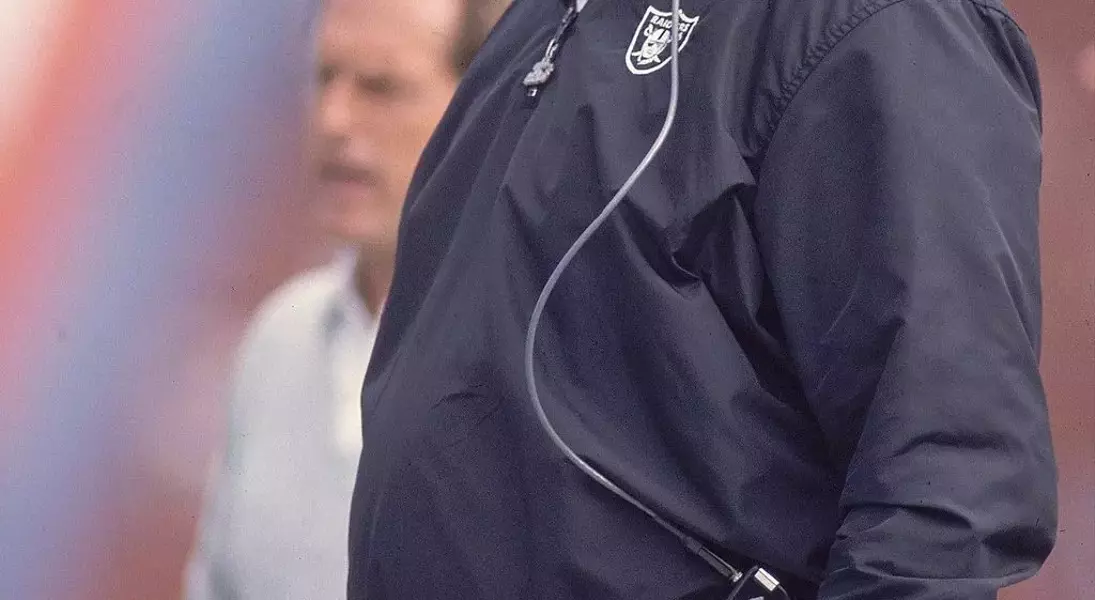
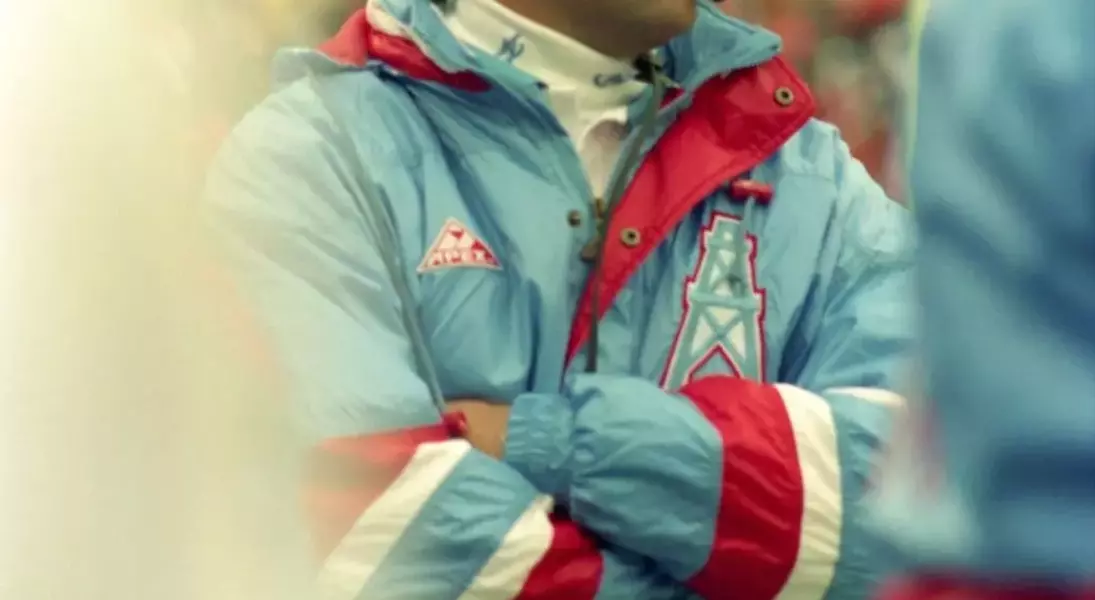
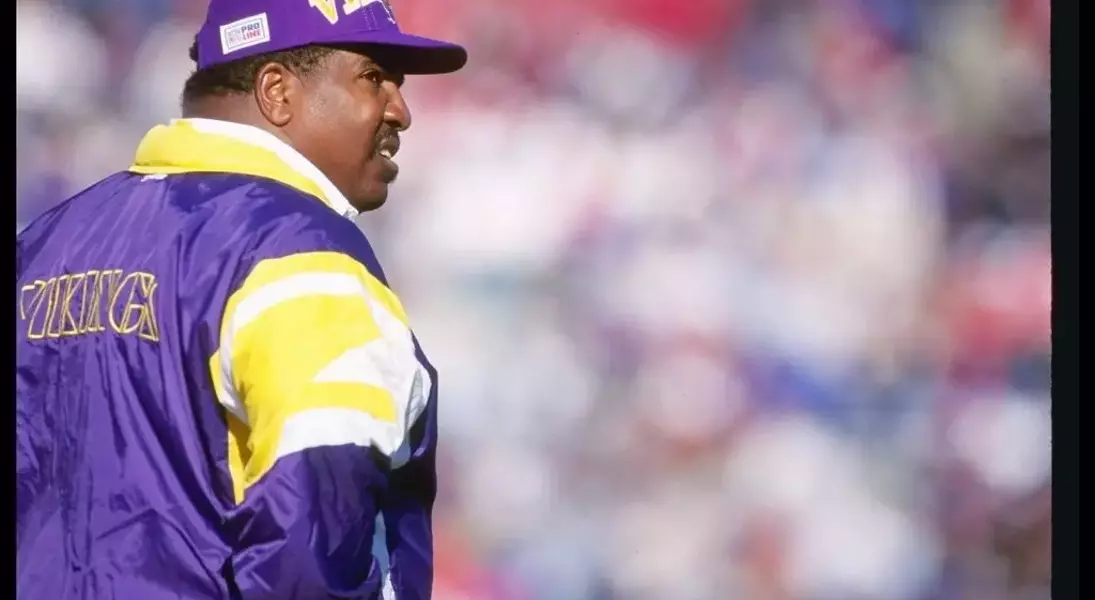

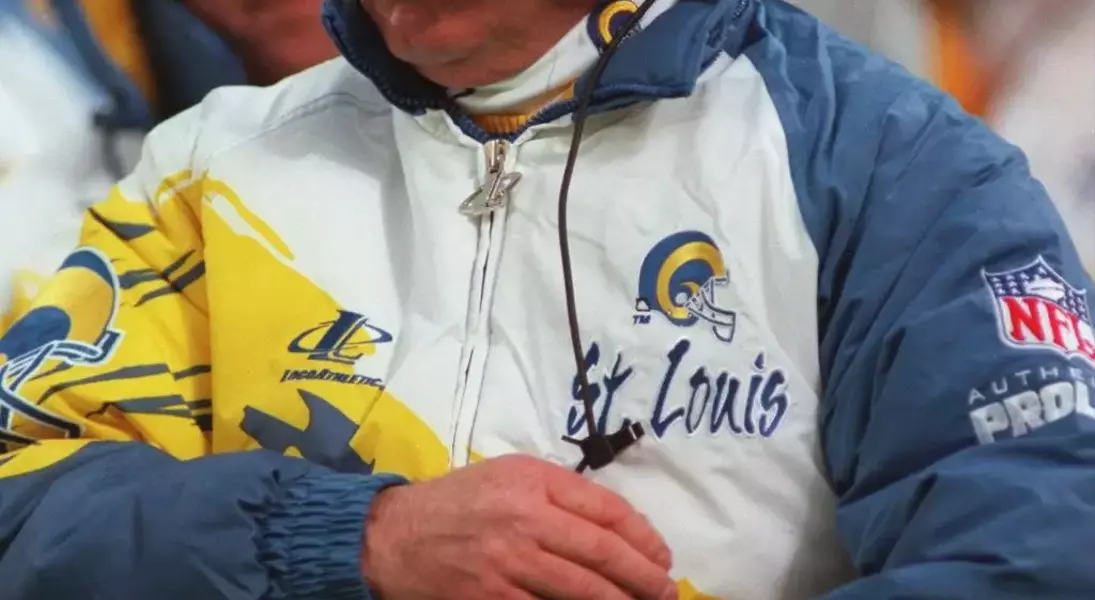

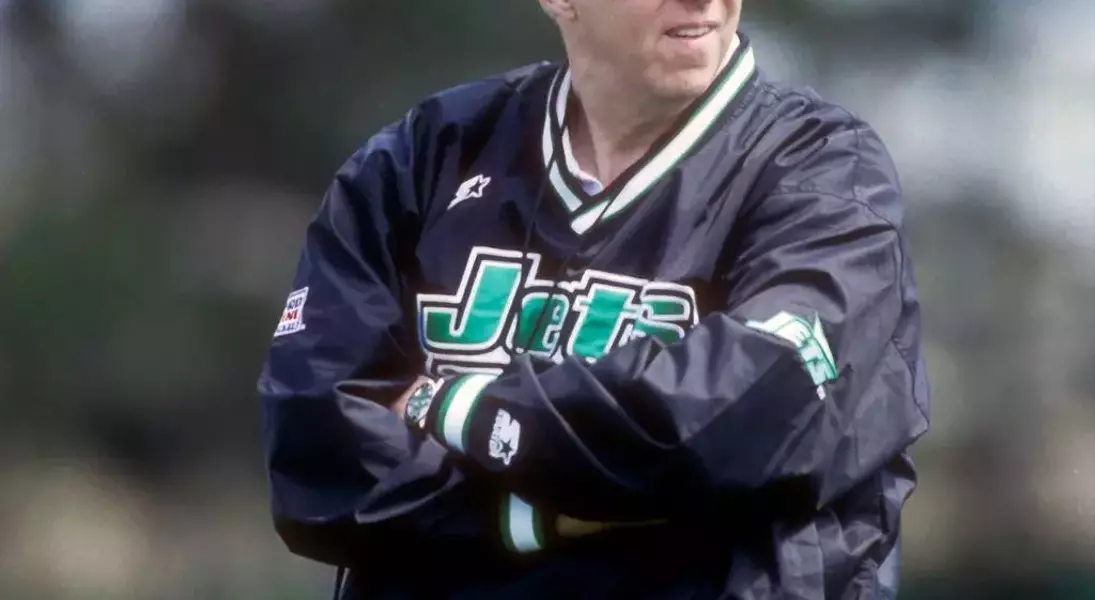
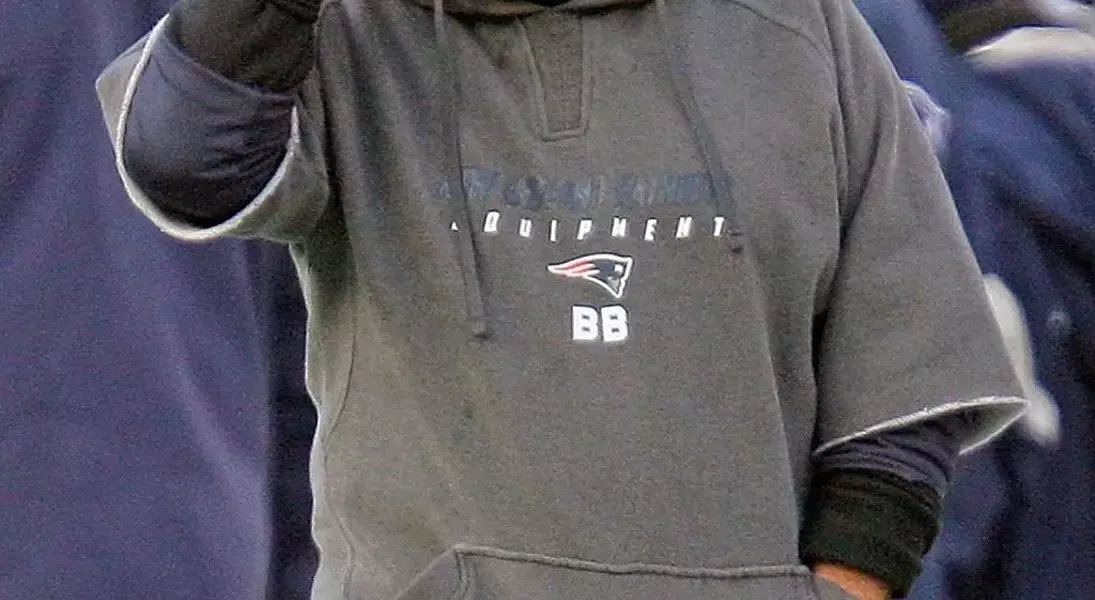


In recent times, sports have emerged as a significant wellspring of inspiration for contemporary fashion. While trends such as rugby shirts and vintage athletic footwear have gained prominence in warmer seasons, the onset of colder weather often leaves a void for winter style cues. However, American football, with its season extending into the heart of winter, stands out as a unique exception. This sport's coaches, unlike their actively playing counterparts, rely on their wardrobe and vocal enthusiasm to combat the chill, inadvertently becoming unexpected arbiters of seasonal style.
The sartorial choices of a football coach represent a delicate interplay between functionality and professionalism. Their attire must allow for unrestricted movement as they command the sidelines, yet simultaneously convey an image of authority and team representation. As highly visible figures, coaches serve as de facto ambassadors for their respective cities, with their clothing subtly communicating attributes like leadership, collective spirit, and robust determination. This dual requirement has historically led to some remarkably distinctive and memorable outfits among NFL coaches.
Historically, NFL coaches have showcased an array of remarkable fashion statements. Figures like Bum Phillips of the Houston Oilers were renowned for their ten-gallon hats and shearling jackets, embodying a rugged yet stylish Western aesthetic. Tom Landry, celebrated for his tactical innovations like the 4-3 defense and two championship victories, was equally iconic for his impeccably tailored suits and classic mid-century fedoras, projecting an image of timeless sophistication. More recently, Bill Belichick of the New England Patriots has become synonymous with his minimalist and pragmatic hoodie, demonstrating a mastery of casual yet authoritative sideline wear.
Early pioneers like Weeb Ewbank, who led the New York Jets to their sole Super Bowl victory in 1969, were noted for their sharp appearances, proving that success and style could go hand-in-hand. Tom Landry’s enduring legacy extends beyond his coaching achievements to his status as a fashion icon, consistently appearing polished and professional. Norm Van Brocklin, coaching the Atlanta Falcons around 1972, was famously pictured with a pipe, adding an element of contemplative flair to his look. Jerry Glanville, despite a less-than-stellar win-loss record in the 1980s and 90s, earned a reputation for his undeniably cool and distinctive personal style.
The 1980s and 90s continued to be a fertile ground for memorable coaching fashion. Bum Phillips, for instance, during the 1980 AFC Championship Game, epitomized a certain rugged charm, suggesting that a distinctive personal style could transcend professional roles. John McKay, coaching the Tampa Bay Buccaneers in 1981, even managed to elevate a team known for its "creamsicle" uniforms with his unique pairing of a sweater and a hat, transforming what was once mocked into an admired retro aesthetic. Bill Walsh, a legend both on the field and in fashion, was known for his wide collars and voluminous pants, advocating for a return to classic, comfortable elegance in sportswear.
As the decades progressed, coaching attire evolved from traditional knitwear to more performance-oriented gear. Raymond Berry in 1985 ushered in an era of distinctive jackets, complete with bold team logos, showcasing a blend of functionality and team pride. Mike Ditka's iconic sweater vest ensemble in 1987 became a cultural phenomenon, inspiring countless imitations and embodying a recognizable coaching persona. Buddy Ryan challenged norms with his green pants in 1987, prompting questions about future sartorial bravery among coaches. Chuck Knox, also in 1987, added a touch of personal luxury with a gold bracelet, demonstrating that individual accessories could complement team-branded apparel. Tom Flores in the same year exemplified the transition to performance wear with his Raiders sweater and Nike sneakers, bridging the gap between traditional and modern sports fashion.
The turn of the century saw a brief period of more understated coaching attire, but some individuals still made a statement. Art Shell in 1989 popularized high-crowned rope hats, influencing a casual yet distinct trend. Jeff Fisher's style in 1994 reflected the era's relaxed aesthetic, perfectly capturing the "nirvana" of mid-90s football fashion. Dennis Green, also in 1994, understood the importance of speaking the contemporary fashion language with his modern team jacket, resonating with players and fans alike. Legendary coaches Marv Levy and Don Shula in 1995 provided a masterclass in sideline sophistication, their combined presence offering a timeless image of leadership. Rich Brooks, despite a challenging NFL tenure, was celebrated for his impeccable "drip," demonstrating that personal style could flourish even amidst professional struggles. Tony Dungy in 1996 showcased the perfect blend of team colors and practical wear, making a strong case for the Buccaneers' iconic colorway.
Even in more recent times, NFL coaches continue to influence fashion. Bill Parcells in 1997 channeled a classic New York aesthetic with his Starter jacket, creating an image reminiscent of a mob boss on the sidelines. Mike Nolan in 2006 boldly brought back the suit and tie, a formal choice in the high-definition television era, earning praise for his courage despite some flamboyant suit lining. Bill Belichick's monogrammed hoodie in 2010 cemented his status as a fashion icon, creating a signature look that is instantly recognizable. Bruce Arians in 2015 persistently championed his Kangol hats, even collaborating with official NFL partners to adapt his preferred headwear. Most recently, Mike Tomlin in 2023 sported a stylish bomber jacket, expertly layered over a turtleneck for a frigid playoff game, showcasing contemporary elegance. DeMeco Ryans in 2024 continued this trend, proving that a well-chosen team-issued bomber jacket, thoughtfully styled, can make a significant visual impact.
